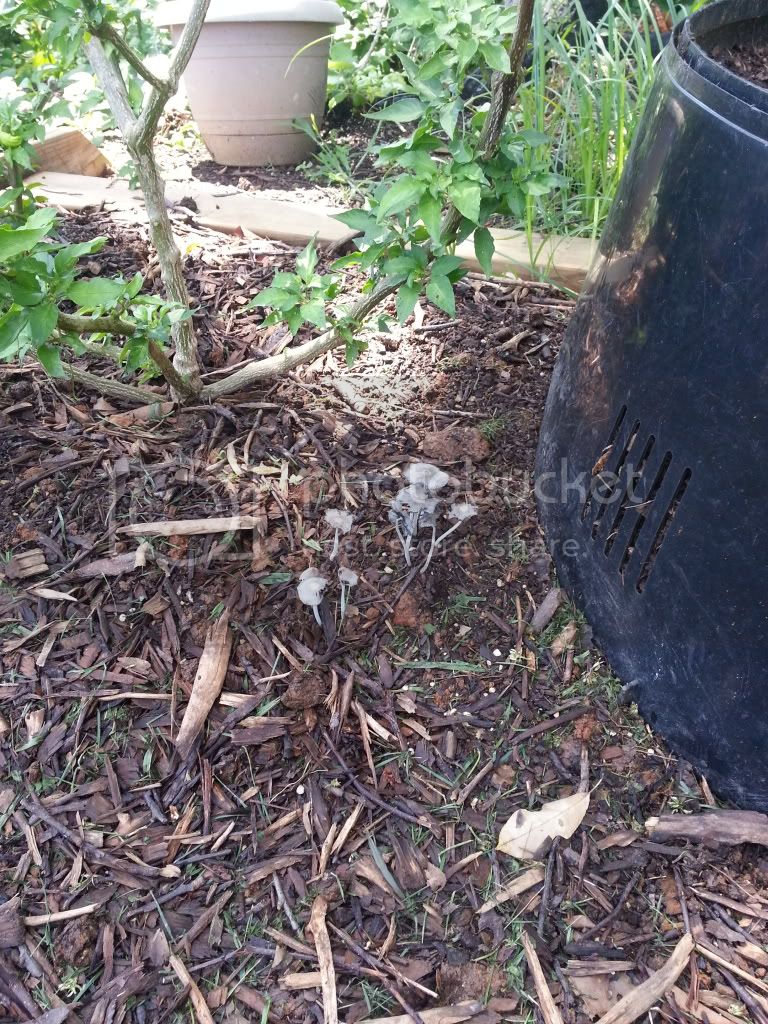This is just one species we have to deal with down here, read the link, its crazy that there's like 2 dozen more I fight off year round!
http://plants.ifas.ufl.edu/node/308
Ecological Significance
: Reported as a weed of 17 crops in 27 countries, considered one
of the most serious grass weeds (Holm
et al.
1977). Introduced into Gulf Coast of United
States before 1876, being first collected that year near Mobile, Alabama (Beal 1896).
Seed introduced for forage crops in the South from 1926 (Tarver 1979). By 1950,
planted in nearly every southern Florida county and in a few central and north-central
counties (Hodges and Jones 1950). Quickly forms monocultures that displace native
vegetation, particularly in or near shallow waters (Shilling and Haller 1989). Occurred in
70% of Florida’s public waters by 1992, with the largest infestation in Lake Okeechobee,
displacing nearly 5,670 ha (14,000 acres) of native marsh (Schardt 1994). Also reported
from parks and preserves throughout Florida (EPPC 1996). Has cost an estimated $2
million a year for its management in flood control systems (Schardt and Schmitz 1991).
Has seriously infested citrus groves and golf courses throughout Florida (Baird
et al.
1983, Fleming
et al.
1978).

